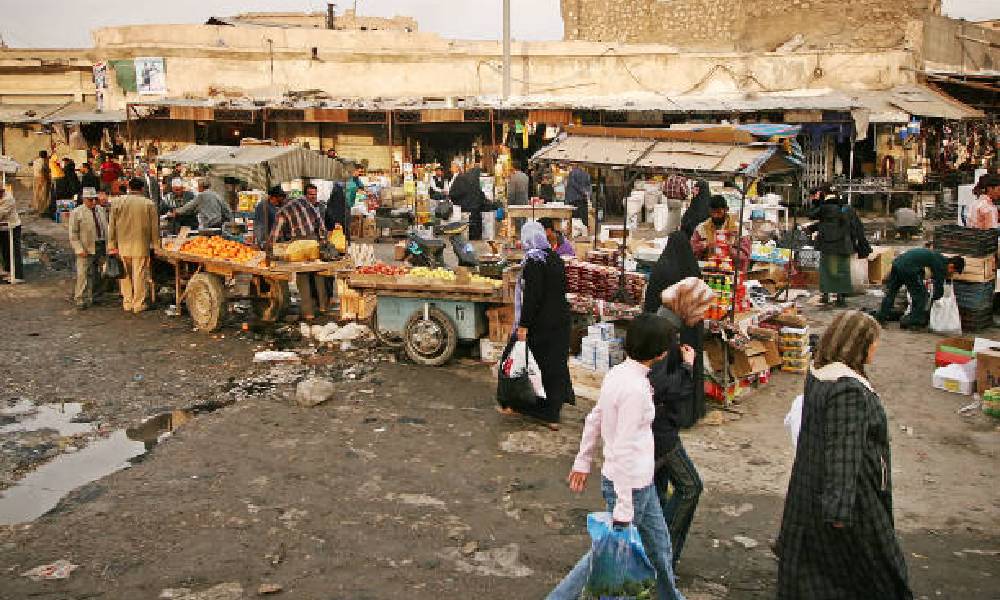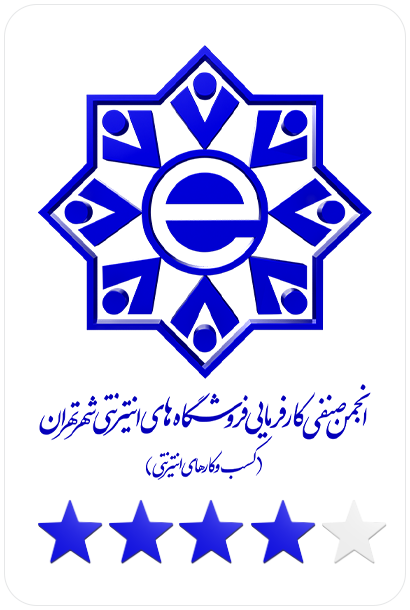Iraq’s economic growth trajectory has seen a range of ups and downs over the past several decades. From the 1960s to the early 2000s, Iraq experienced periods of both rapid economic expansion and severe contraction, shaped by shifts in oil revenues and the impact of conflicts.
Historical GDP Trends
During the 1960s, Iraq’s nominal GDP grew by 213%, with growth accelerating in the 1970s to 1,325%, largely due to increased oil production and prices. However, by the 1980s, growth slowed to 2% before contracting by 47% in the 1990s. In the 2000s, GDP growth surged once again, rising by 317%. Real GDP per capita also rose significantly in the 1950s through the 1970s, driven by high oil output and soaring global oil prices, especially during the 1973 oil crisis. This upward trend reversed in the following decades as conflicts—including the Iran-Iraq War (1980-88) and the Gulf War (1990-91)—severely impacted economic stability.
The Iran-Iraq War and Economic Impact
Before the Iran-Iraq War began in 1980, Iraq’s economy was on a positive path, with oil production reaching 3.5 million barrels per day and annual oil revenues exceeding $27 billion by 1980. Iraq was known for having one of the strongest educational and healthcare systems in the region. The country’s foreign exchange reserves were substantial, and workers from Egypt, Somalia, and South Asia were active in Iraq’s construction sector. However, the prolonged war with Iran and a global oil supply glut in the 1980s led to a depletion of reserves, mounting debt, and a sharp economic decline.
Economic Sanctions
The Iraqi invasion of Kuwait in 1990 brought international sanctions, which drastically reduced Iraq’s economic output. The Iraqi government further strained resources by maintaining large military forces and prioritizing support for key Ba’ath Party allies. The UN’s Oil-for-Food program, launched in 1996, provided some relief, allowing Iraq to trade oil for essential goods like food and medicine. Under this program, food imports increased, and healthcare access improved, though living standards and economic output remained well below pre-war levels.
In 2000, Iraq shifted its oil reserve currency from the U.S. dollar to the euro. Despite this, a portion of Iraq’s oil revenues continued to be allocated to cover UN administrative and compensation expenses.
Post-2003 Economic Rebound
After the 2003 invasion and subsequent lifting of sanctions, Iraq’s oil production began a steady recovery, doubling from a low of 1.3 million barrels per day in 2003 to approximately 2.6 million barrels per day by 2011. Reduced inflation and lower violence levels from 2007 onward also contributed to improving living standards for Iraqi citizens.
Nevertheless, Iraq faced significant debt challenges, estimated at $130 billion, much of it from unpaid export contracts and war-time financial support. To address its debt, Iraq took a pragmatic approach, negotiating with international creditors.
A 2006 report highlighted surprising resilience in Iraq’s economy, noting that sectors like real estate, construction, and retail were showing growth despite ongoing security concerns. Registered companies in Iraq also saw a notable increase, reflecting economic dynamism in the face of adversity.


